Toilet training can be a challenge for many children, especially those with developmental, emotional, and trauma based disabilities.
There are so many steps involved in toilet training in order to be successful. Visual Supports for kids can be extremely helpful.
While in residential treatment, Sunshine regressed significantly in her toileting skills. She went from being completely potty trained during the day and night, to wetting herself multiple times a day.
Part of her struggles have to do with anxieties about being in the bathroom. She rushes every part of the process.
Other aspects of her struggles come from motor delays and coordination struggles.
Then there's the Reactive Attachment Disorder at play.
It's my hope that this visual will help her in ways that she needs, allowing her to work hard in other areas and be successful staying dry again.
FREE Toilet Training Visual Supports for Kids
The FREE Toilet Training Visual Supports for Kids includes 8 prompts for a successful experience using the bathroom.
Steps may need to be broken down even further. As you present each step, be sure to do so.
Below are the steps and pictures included in the visuals with extra ideas for sensory and behavioral supports.
I adjust the toilet seat and stool if needed.
No matter where you are, at home or on-the-go, there's always a chance that the toilet lid may be down or the toilet seat may be up.
Before turning around and sitting down, it's important to make sure that the toilet seat is exactly where it should be.
Falling into the toilet or peeing on the lid can be a very traumatic experience.
You may want to mention making sure the toilet seat is clean and dry as well, depending on home and on-the-go experiences.
One aspect of this step that we've been working very hard on at home is gently adjusting the toilet seat.
Sometimes the toilet seat can be the first challenge to successful toilet training.
Is the seat too cold, hard, or the wrong size? Be sure to consider these sensory needs.
Another challenge we've had in our home is navigating the toilet at night. We've found that a
toilet light is a HUGE help!
I pull down my clothes all the way.
One may not considering pulling down clothes all the way to be a challenge, but for Sunshine it is a HUGE issue.
Due to sensory sensitivities and rushing, she rarely remembers to pull down her clothes all the way. This results in her peeing in her underwear and bottoms while on the toilet regularly.
If this is a struggle for your child consider that sensory sensitivities may be involved.
I lift up my clothes if necessary.
Wearing dresses and long tops can be extra challenging when going to the bathroom. It's important that children know how to lift them up appropriately so as not to have them fall into the toilet or pee on them while going to the bathroom.
This takes coordination. For kids who struggle with motor skills, coordination, and balance, consider
railings or something to hold on to while attempting to sit and hold clothes up.
I go to the bathroom waiting until I am finished.
Some children struggle with waiting for all waste to empty out of their bodies, before finishing toileting routines. This can lead to a child needing to go to the bathroom several times in a row.
In some situations this has to do with a lack of patience.
Other times waiting is hard due to anxiety.
For those with past trauma, controlling when, where, and how often they use the bathroom feels like the ultimate power.
Medical issues may also be at play, especially those related to the bladder and constipation.
To help with anxiety, you may want to consider entertainment while using the toilet. A
magazine rack with preferred books and magazine can help.
Some children may benefit from a
bathroom timer to help them remember to stay seated on the potty for a certain length of time. If you have music playing in the bathroom, songs can be a timer as well.
I wipe my bottom front to back until clean.
Wiping correctly take a lot of balance, coordination and motor skills. It also includes a lot of sensory experiences.
When it comes to using toilet paper, you want to be sure to teach your child how much is appropriate to use and how to fold or bunch it, depending on your preference.
The feel of toilet paper can be extremely challenging for some children. Consider different brands or alternatives that might feel more comforting.
Wipes may be preferred.
I put the toilet paper in the toilet.
One may not think that putting used toilet paper in the toilet is a challenge, but it can be for some people, especially children.
Understanding how much toilet paper to use to wipe and how often one should flush so as not to clog the toilet is also an important skills.
If using wipes or other alternatives, you may not want them placed in the toilet, but instead a trash can.
For girls who are going through puberty and toilet training, differentiating what can and can NOT go in the toilet is very important.
I flush the toilet.
Every toilet is different. Some toilets have handles. Others have buttons. Then there are those darn sensors. One might not think flushing a toilet can be complicated, but sometimes it is.
I remember the first time I encountered a toilet with a pedal to flush. It definitely took me a second to figure it out. Lol.
Help children understand these differences when flushing.
Flushing a toilet can be extremely hard for kids with auditory sensory sensitivities. The sound of a toilet flushing can be very distressing.
Make a plan with your child that suits her needs to ensure that the toilet will be flushed.
I put my clothes back on correctly.
The last step involved with going to the bathroom is pulling up and at times pulling down your clothes. Again, this is a skill that takes coordination, balance, and motor skills.
Make sure your child can be completely independent with this step to ensure toilet training success.
Some children struggle with buttons, snaps, and zippers. If they can't button, snap, and zip on their own, don't have them wear clothes that require those skills.
Toilet training requires so many skills in the area of balance, coordination, and motor skills. It involves so many different sensory experiences.
For children who have developmental, emotional, or trauma based disabilities, using the bathroom can be a huge challenge!
I hope this FREE Toilet Training Visual Support for Kids can help!
Source: the Toilet Training Visual Support for Kids is a Subscriber's Only Freebie. For your copy, follow the directions below.
Directions on How to Obtain Subscriber Only Freebies
1. Click on the Subscriber's link at the bottom of this post.
2. Subscribe to our free newsletter.
3. Open the thank you message you receive in your e-mail, after subscribing. (Be sure to check your spam folder, as sometimes it ends up there.)
4. Click the confirmation link in the thank you message.
5. Once the confirmation is complete, you will receive another e-mail message with the Subscriber Only Freebies.
6. Click on link.
7. Find the printable pack you are looking for listed in alphabetical order, click on it, and voila!
We hope you enjoy your free printable.
Note: If you are already a newsletter subscriber, open your most recent newsletter. At the bottom you will find a link to the Subscriber Only Freebies page, along with the password in case you forgot it.
If you enjoyed this post, you may also like the resources below.

.png)



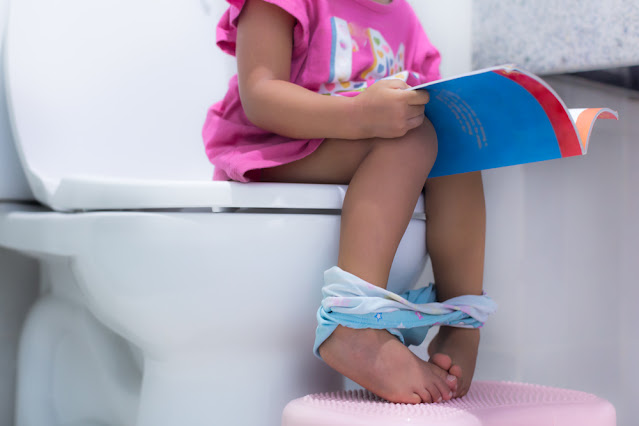
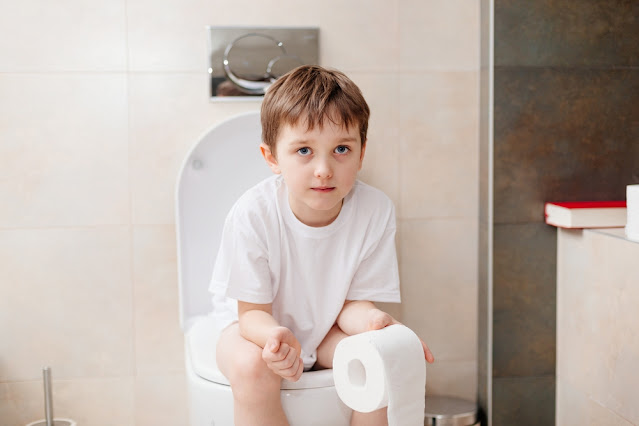
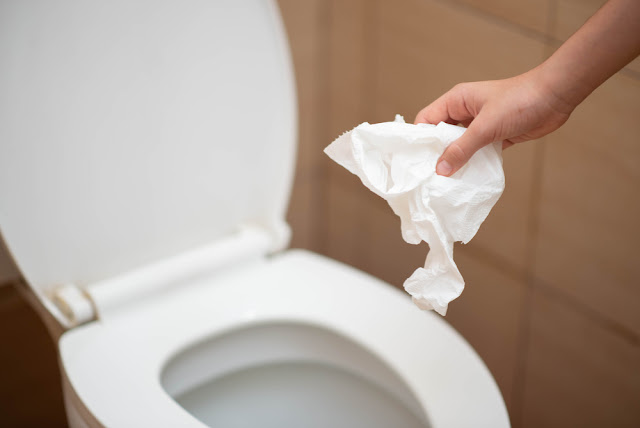

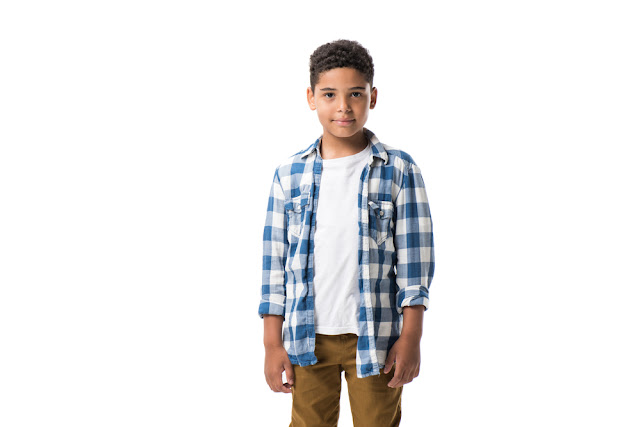






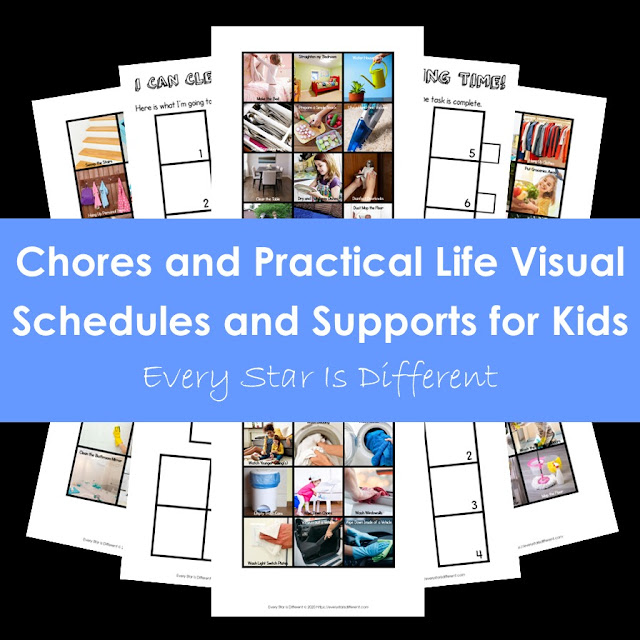

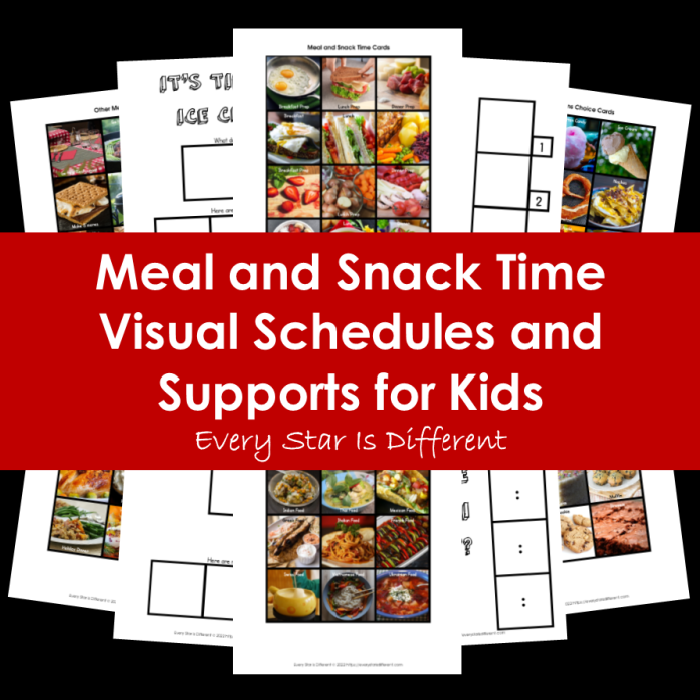

No comments:
Post a Comment